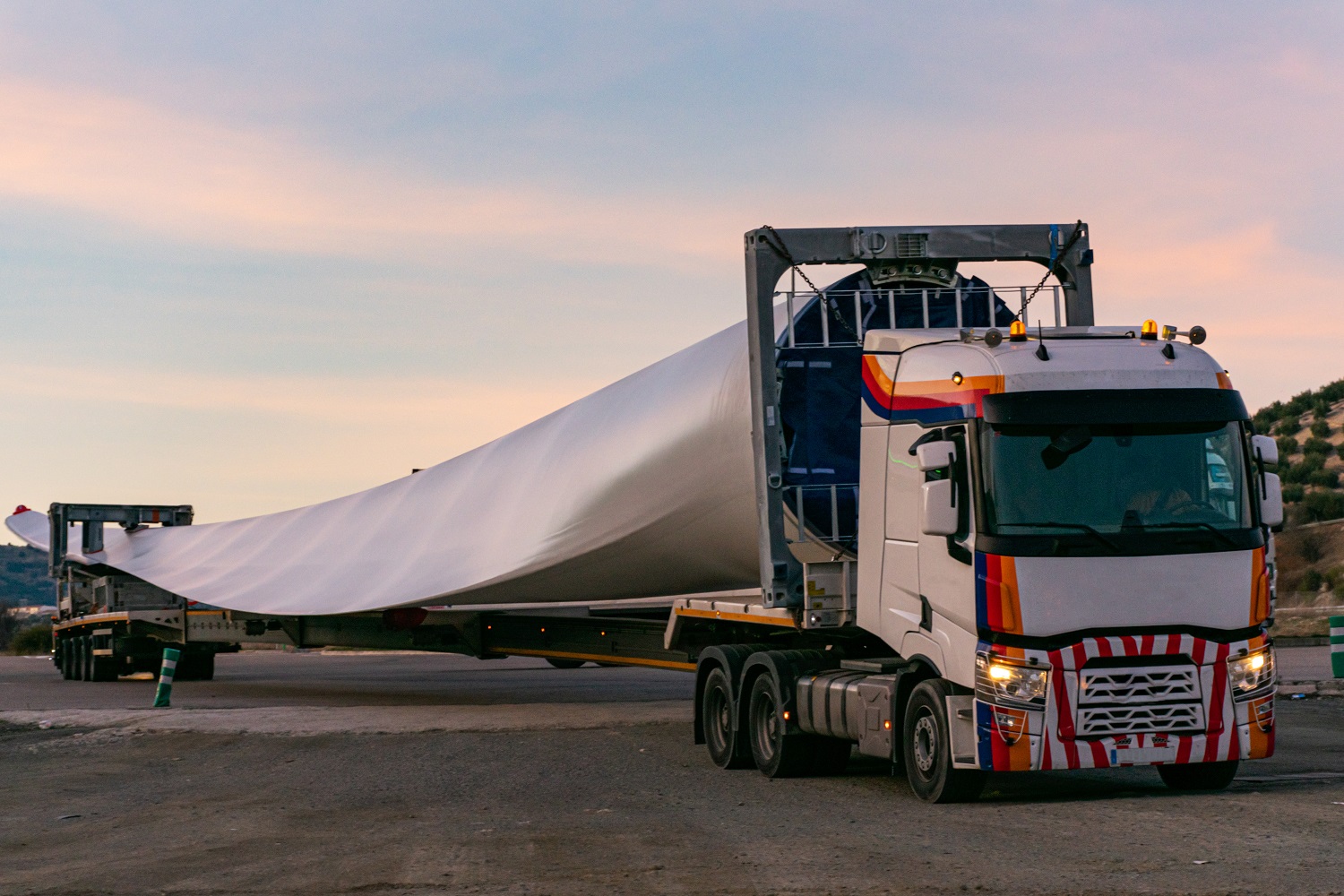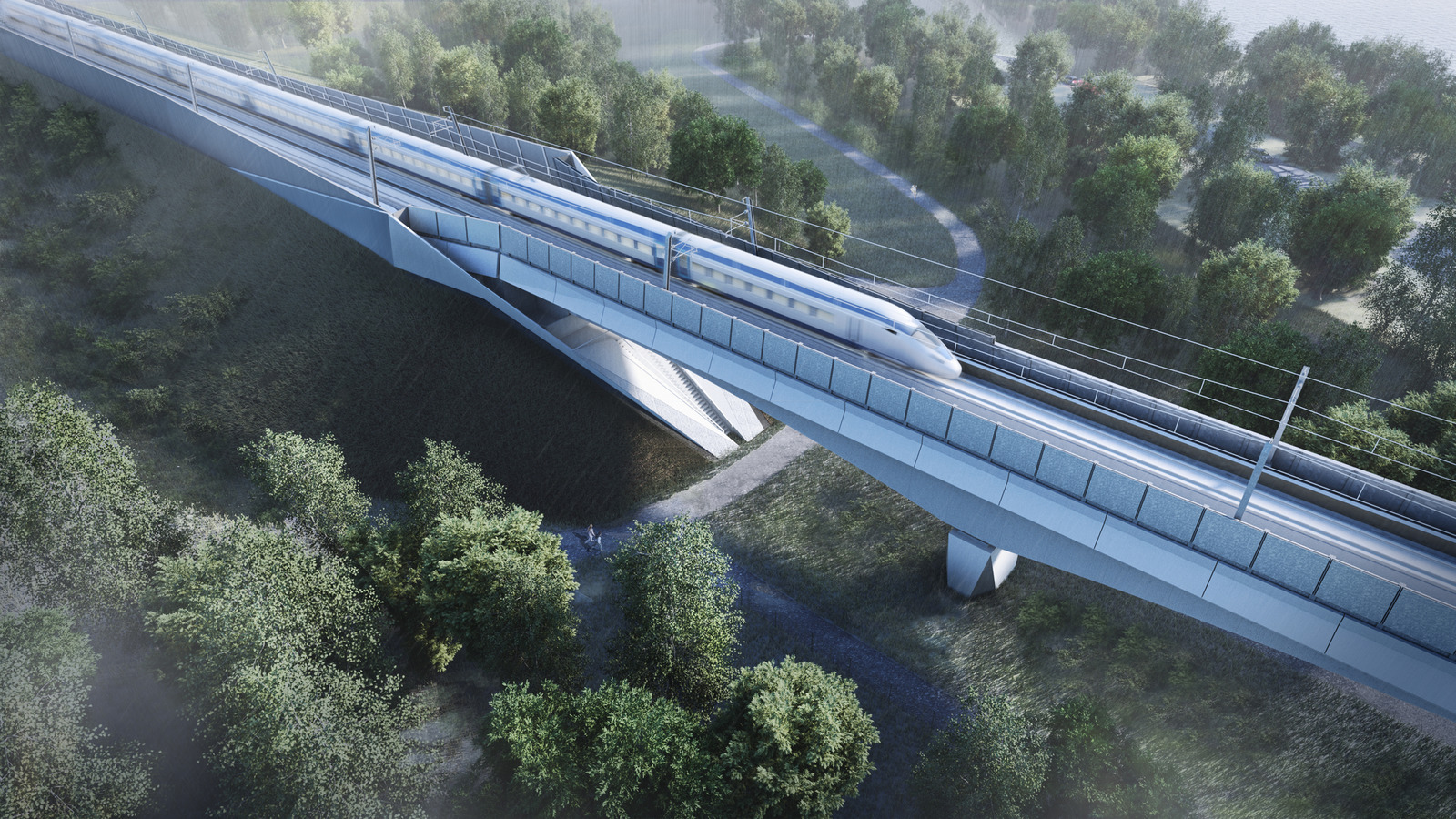The project will swap steel rebar, traditionally used to reinforce concrete, with sections of glass fibre reinforced polymer turbine blades that have reached the end of their operational lives generating low carbon electricity.
By 2023, around 15,000 turbine blades will have been decommissioned across the UK and EU. Until now, expired blades have either been ground down to be used as building materials or sent to energy-from-waste incinerators.
The innovation, believed to be a world first, will use suitable sections cut from decommissioned wind turbine blades in reinforced concrete instead of steel rebar.
Substituting steel for sections of retired wind turbine blades cuts by up to 90% the carbon generated by concrete reinforcement.
 The initiative project is being taken forward under HS2 Ltd’s innovation programme by Skanska Costain STRABAG joint venture, and the UK’s world-leading National Composites Centre, part of the High Value Manufacturing Catapult.
The initiative project is being taken forward under HS2 Ltd’s innovation programme by Skanska Costain STRABAG joint venture, and the UK’s world-leading National Composites Centre, part of the High Value Manufacturing Catapult.
HS2 Ltd Innovation Manager Rob Cairns said: “Reusing old turbine blades reduces waste, cuts demand for new steel and reduces the carbon generated during the production of concrete.
“This scheme is a brilliant example of the innovation happening on the whole HS2 project. If our world-first pilot project goes well, we could see a waste product from the energy industry becoming an essential material for the construction sector in the future.”
Work on the proof of concept pilot is due to start in Spring 2021 and, if successful, could be followed by a full roll out across Skanska Costain STRABAG joint venture’s route, consisting of HS2’s London tunnels between the M25 motorway and Euston station.











